
What your school textbook didn’t tell you about the Earth’s orbit
Earth, the Sun and a bike wheel: why your high-school textbook was wrong about the shape of Earth’s orbit.

Earth, the Sun and a bike wheel: why your high-school textbook was wrong about the shape of Earth’s orbit.
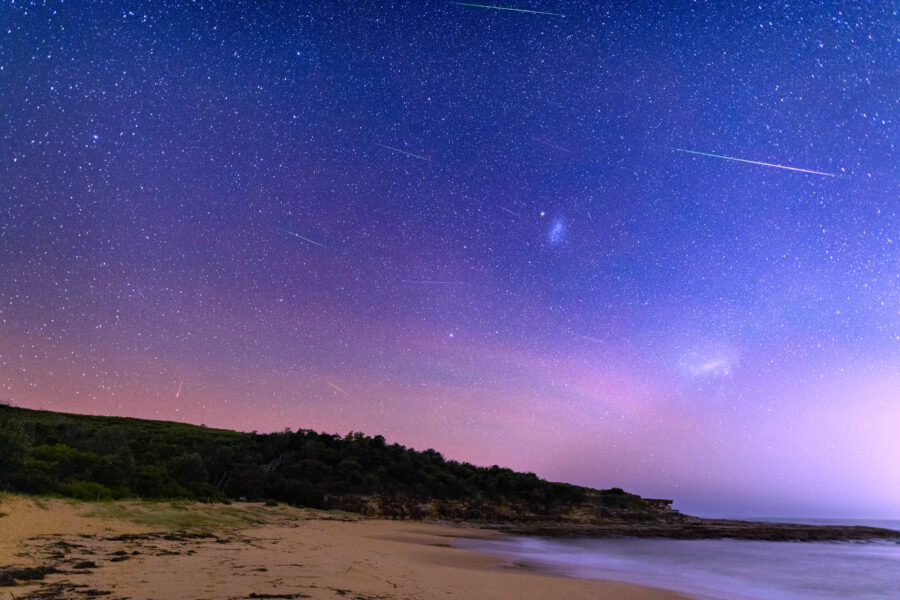
Meteors – commonly known as shooting stars – can be seen on any night of the year. But some nights are better than others.
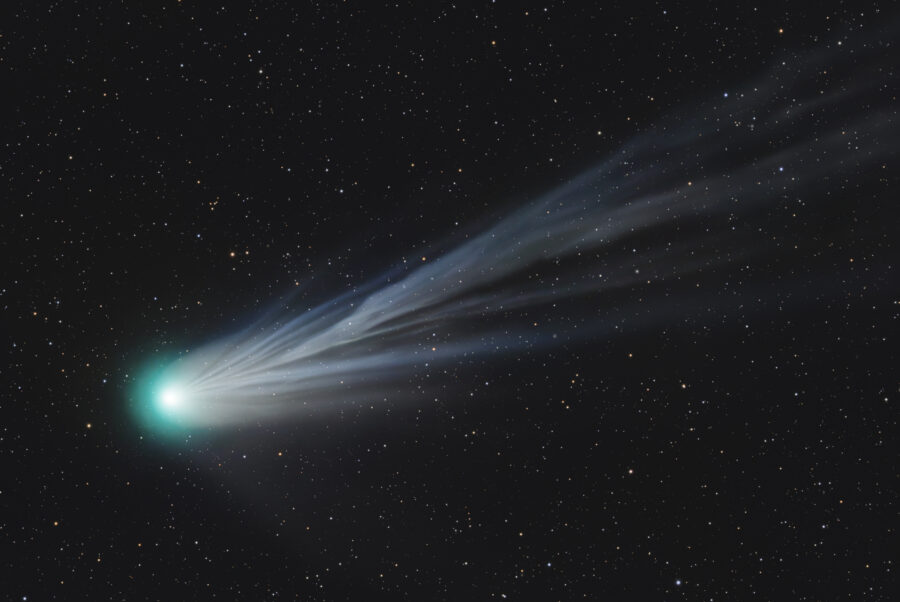
If you’re a fan of all things space, you’ve doubtless heard about the ‘devil comet’, which has been captivating keen-eyed observers in the Northern Hemisphere for the past few weeks.
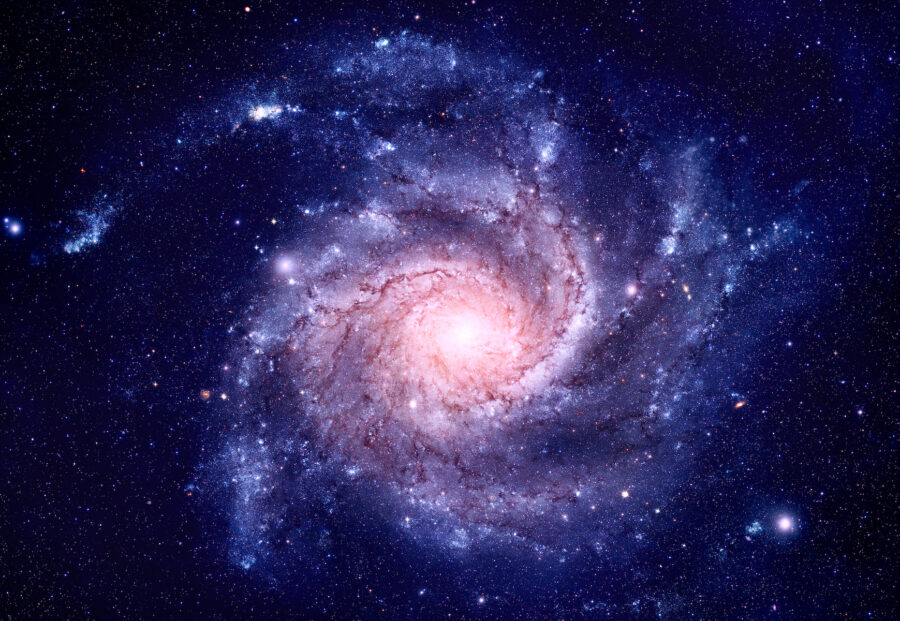
Stars are born from huge clouds of mostly hydrogen gas floating in space.
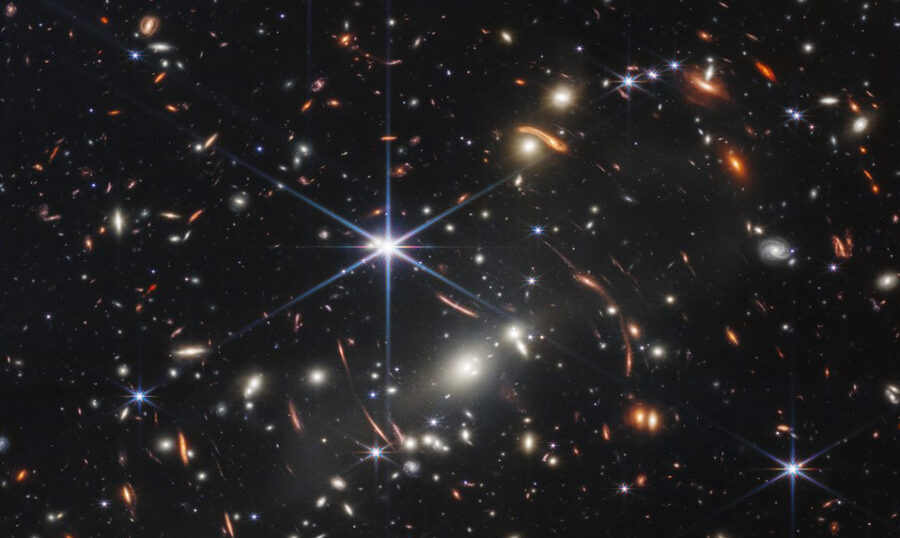
If astronomers ever needed something to gloat about with scientific colleagues in other fields, their ability to look directly backwards in time is an obvious candidate.
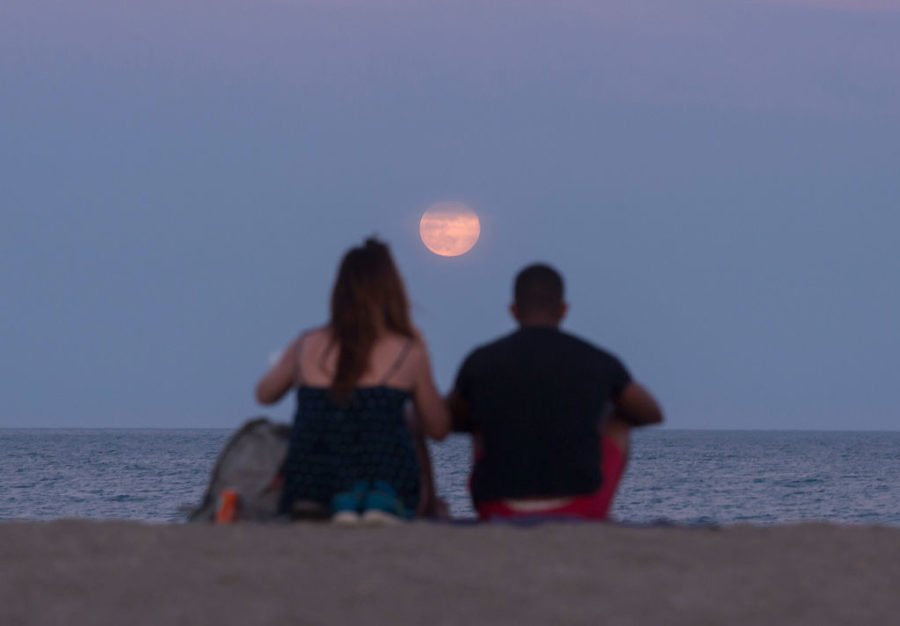
Total, partial, and penumbral – the different types of lunar eclipses can be confusing. Find out what each means, and how the phenomenon occurs in the first place.
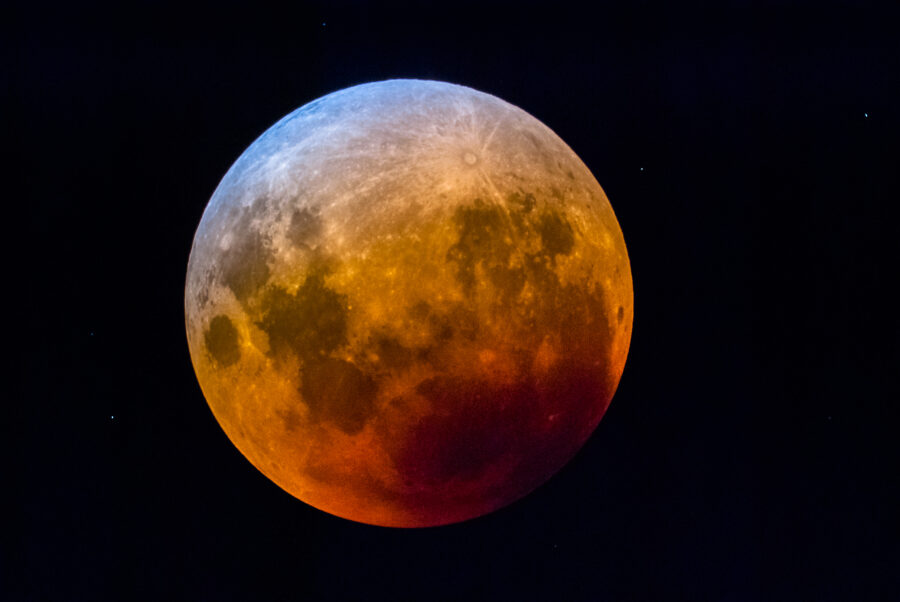
It’s eclipse season. The Sun, Earth and Moon are aligned so it’s possible for the Earth and Moon to cast each other into shadow.
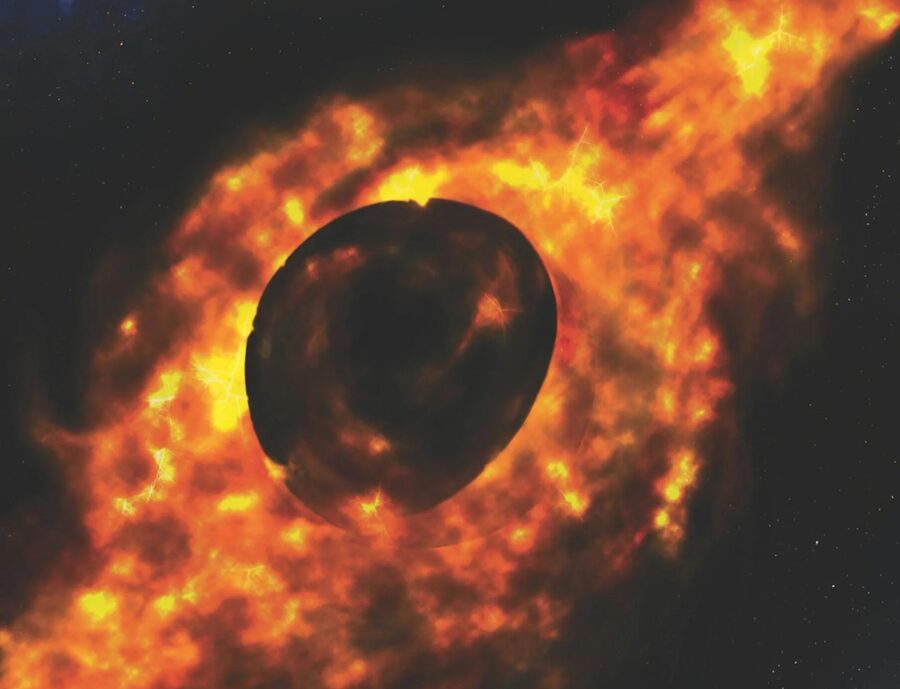
Thanks to a huge astronomical survey of the entire sky, we have now found what may be the most hellish place in the universe.
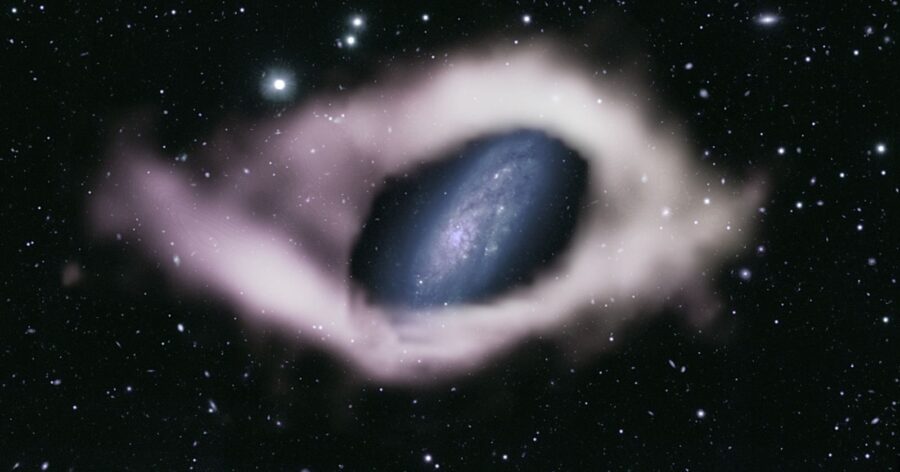
When someone mentions a galaxy, odds are you’ll imagine a disc-like whirlpool of stars rotating majestically in space. If you grew up in Britain, you’d probably imagine a chocolate bar, but that’s a different story.
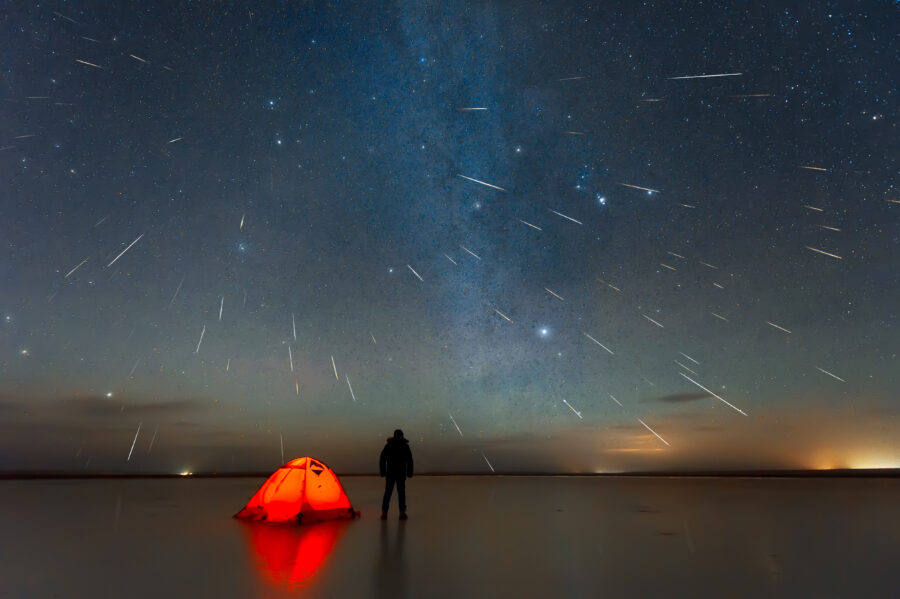
Every year, I receive a celestial birthday present. No, it’s not because of any secret insider connection with the universe, but a simple coincidence that on the day in question – 14 December – Earth ploughs through a swarm of dusty particles, which results in a shower of bright meteors.